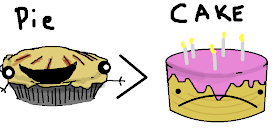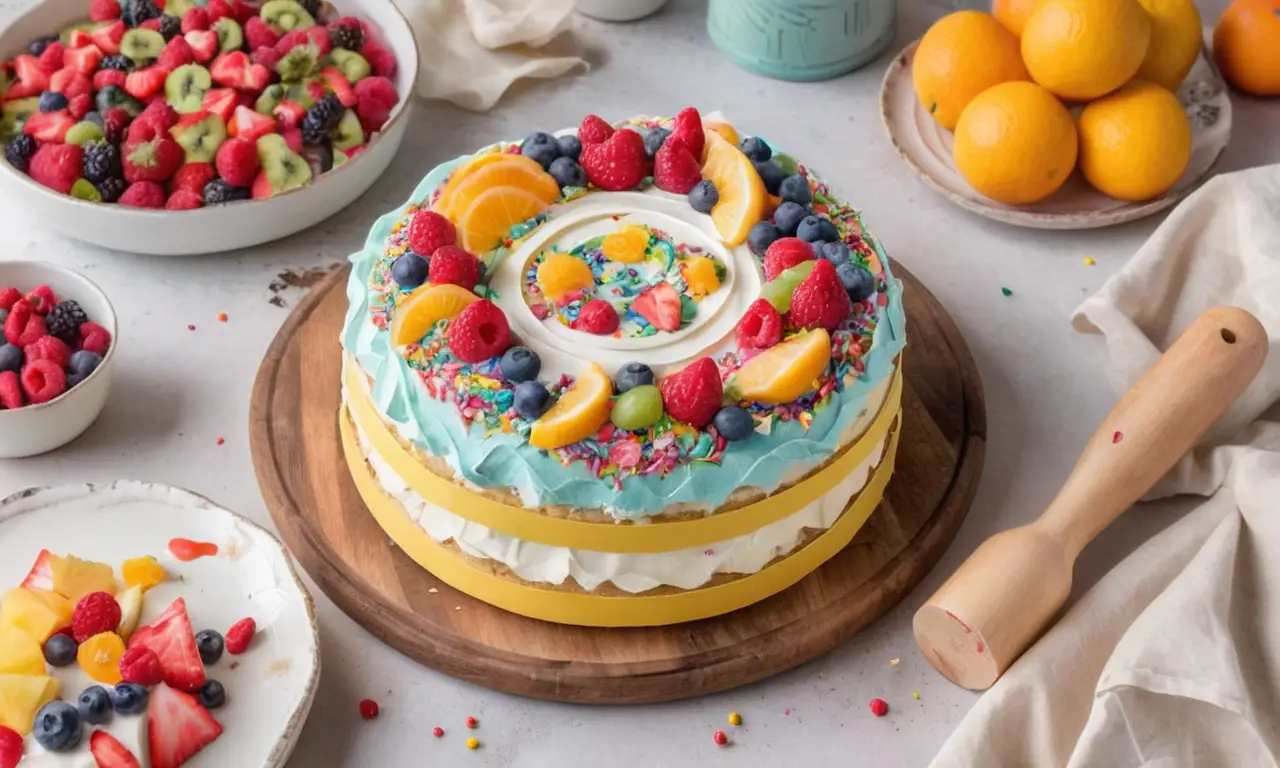
The world of desserts is vast and delicious, offering a wide array of treats to satisfy every sweet tooth. Among the most beloved are cakes and pies, both staples at celebrations and gatherings alike. While both share the common goal of delivering pure indulgence, there are distinct differences that set them apart. Understanding these nuances can help you appreciate the unique characteristics of each dessert and choose the perfect treat for any occasion.
This article delves into the key distinctions between cakes vs pies, exploring their construction, flavor profiles, and iconic elements like pastry crusts and frosting. Whether you’re a seasoned baker or simply curious about these classic desserts, this guide will equip you with the knowledge to navigate the world of cakes and pies with confidence.
Cakes vs Pies: Key Differences
At their core, cakes and pies differ significantly in their construction and overall presentation. Cakes typically feature a soft, fluffy batter that is baked in a pan, often resulting in a layered or uniform texture. This batter can be made with various ingredients, including flour, sugar, eggs, butter, and leavening agents like baking powder or soda. Pies, on the other hand, are characterized by their pastry crust, which encases a sweet or savory filling. The crust is typically made from flour, fat (like butter or shortening), and water, and it can be either single-crusted or double-crusted, depending on the recipe.
The fillings for pies vary widely, ranging from classic fruit fillings like apple, cherry, or blueberry to creamy custards, savory meat mixtures, or even chocolate ganache. Cakes often feature a variety of frostings or icings applied after baking, adding a layer of sweetness and visual appeal. These frostings can be buttercream, cream cheese, ganache, or whipped cream, among others. Pies may also have toppings like whipped cream, fruit compote, or a sprinkle of cinnamon, but the focus remains on the filling and the pastry crust.
Cake Flavor Profiles

Cakes offer an incredibly diverse range of flavor profiles to satisfy every palate. From rich and decadent chocolate cakes to light and airy vanilla sponge cakes, there’s a cake for every taste preference. Popular cake flavors include:
- Chocolate: A classic favorite known for its deep, bittersweet flavor. Chocolate cakes can be made with various types of chocolate, from milk chocolate to dark chocolate, and often incorporate ingredients like cocoa powder, espresso, or nuts for added depth.
- Vanilla: A versatile base flavor that pairs well with a variety of other flavors. Vanilla cakes are often light and airy, with a subtle sweetness that allows other ingredients to shine.
- Red Velvet: A vibrant red cake known for its tangy cream cheese frosting and moist texture. The distinctive red color comes from the addition of cocoa powder and buttermilk, which create a unique flavor profile.
- Carrot Cake: A spiced cake featuring shredded carrots, nuts, and often raisins or dried cranberries. Carrot cakes are typically topped with a creamy cream cheese frosting that complements the earthy flavors of the cake.
Pie Flavor Profiles
Pies also boast a wide array of flavor profiles, many of which highlight seasonal fruits and traditional baking techniques. Some popular pie flavors include:
- Apple: A classic fall favorite featuring sweet and tart apples baked in a flaky crust. Apple pies are often spiced with cinnamon, nutmeg, and cloves for added warmth.
- Pumpkin: A quintessential autumn dessert known for its creamy texture and warm spices. Pumpkin pies typically feature pumpkin puree, sugar, eggs, and spices like cinnamon, ginger, and nutmeg.
- Cherry: A vibrant and tart pie featuring sweet cherries baked in a buttery crust. Cherry pies can be made with fresh or frozen cherries, and often include a touch of almond extract for added flavor.
- Blueberry: A summer favorite featuring juicy blueberries baked in a flaky crust. Blueberry pies are often topped with a lattice crust or a crumble topping for added texture.
Pastry Crusts

The pastry crust is a defining characteristic of pies, providing a delicious and satisfying base for the filling. There are two main types of pastry crusts:
- Single-Crust: This type of crust involves using one layer of dough to form the bottom of the pie. It’s often used for pies with fillings that are not overly runny, such as fruit pies or custard pies.
- Double-Crust: This type of crust uses two layers of dough, one on the bottom and one on top of the filling. The top crust can be crimped, braided, or cut into decorative shapes. Double-crust pies are often used for fillings that require a more substantial barrier, such as meat pies or savory pot pies.
Frosting and Icing
Frosting and icing are common additions to cakes, adding a layer of sweetness and visual appeal. There are numerous types of frostings and icings, each with its own unique texture and flavor:
- Buttercream: A classic frosting made with butter, sugar, and milk or cream. It’s smooth, creamy, and can be flavored with various extracts or chocolate.
- Cream Cheese Frosting: A tangy and flavorful frosting made with cream cheese, butter, and powdered sugar. It’s often used on red velvet cakes or carrot cakes.
- Ganache: A rich and decadent frosting made with melted chocolate and heavy cream. It can be smooth and glossy or textured and rustic.
Conclusion
The world of cakes and pies offers a delightful array of flavors and textures, each satisfying cravings in unique ways. While both desserts share the common goal of delivering sweetness and indulgence, their distinct construction, flavor profiles, and iconic elements set them apart. Understanding these nuances can help you appreciate the artistry and craftsmanship behind each dessert and choose the perfect treat for any occasion. Whether you prefer the fluffy layers of a cake or the comforting warmth of a pie, there’s no denying the enduring appeal of these classic desserts.
